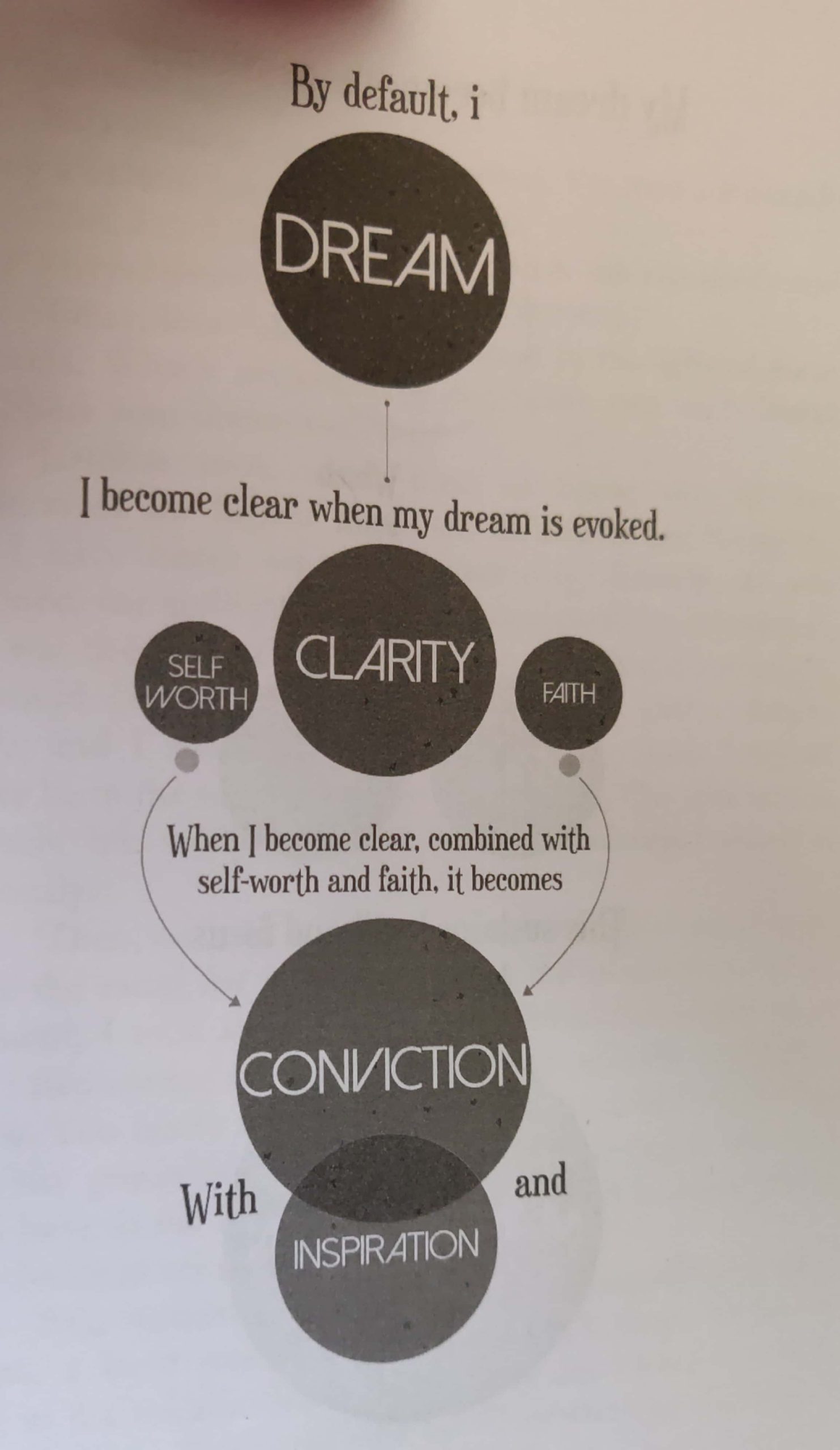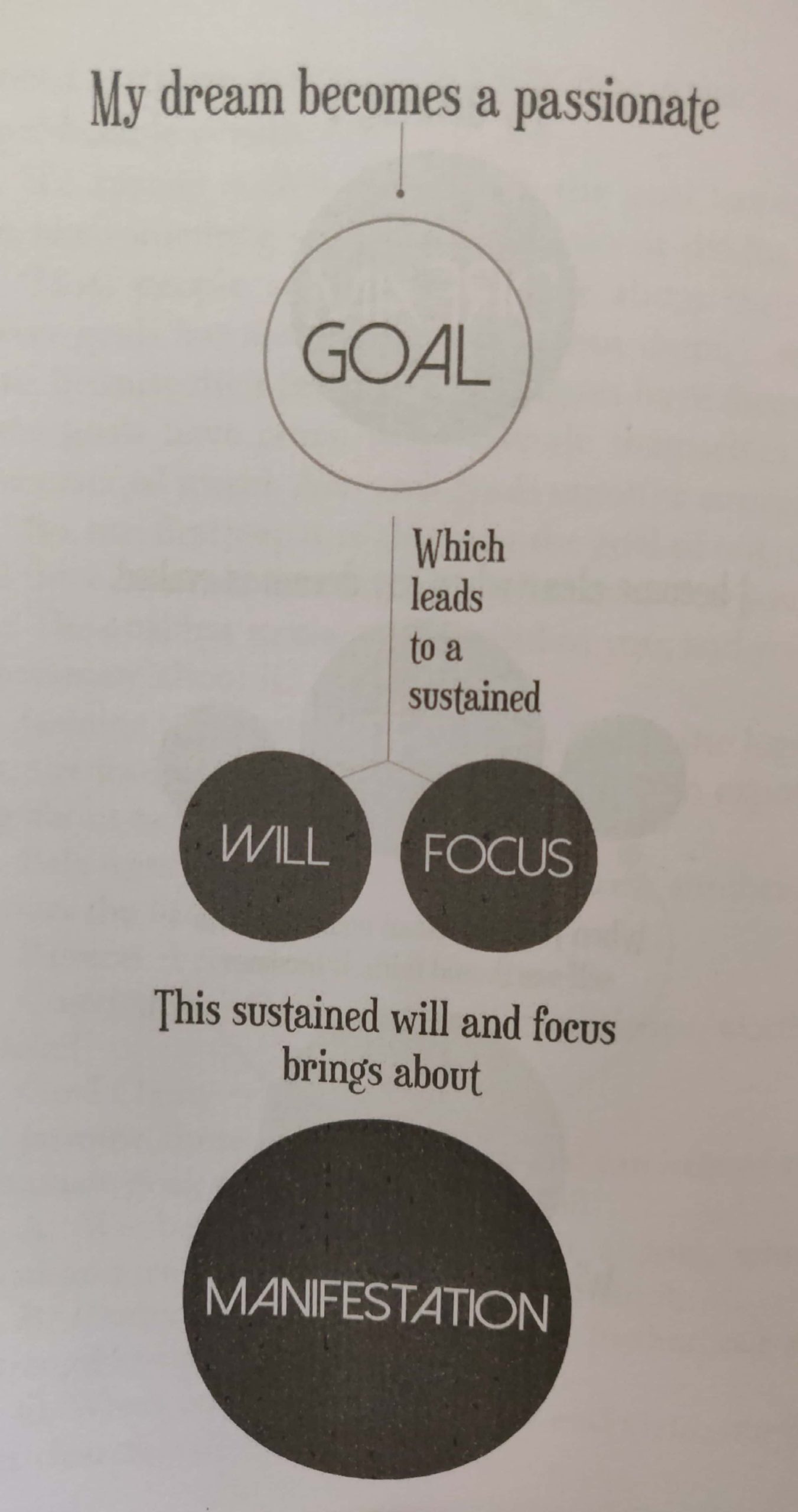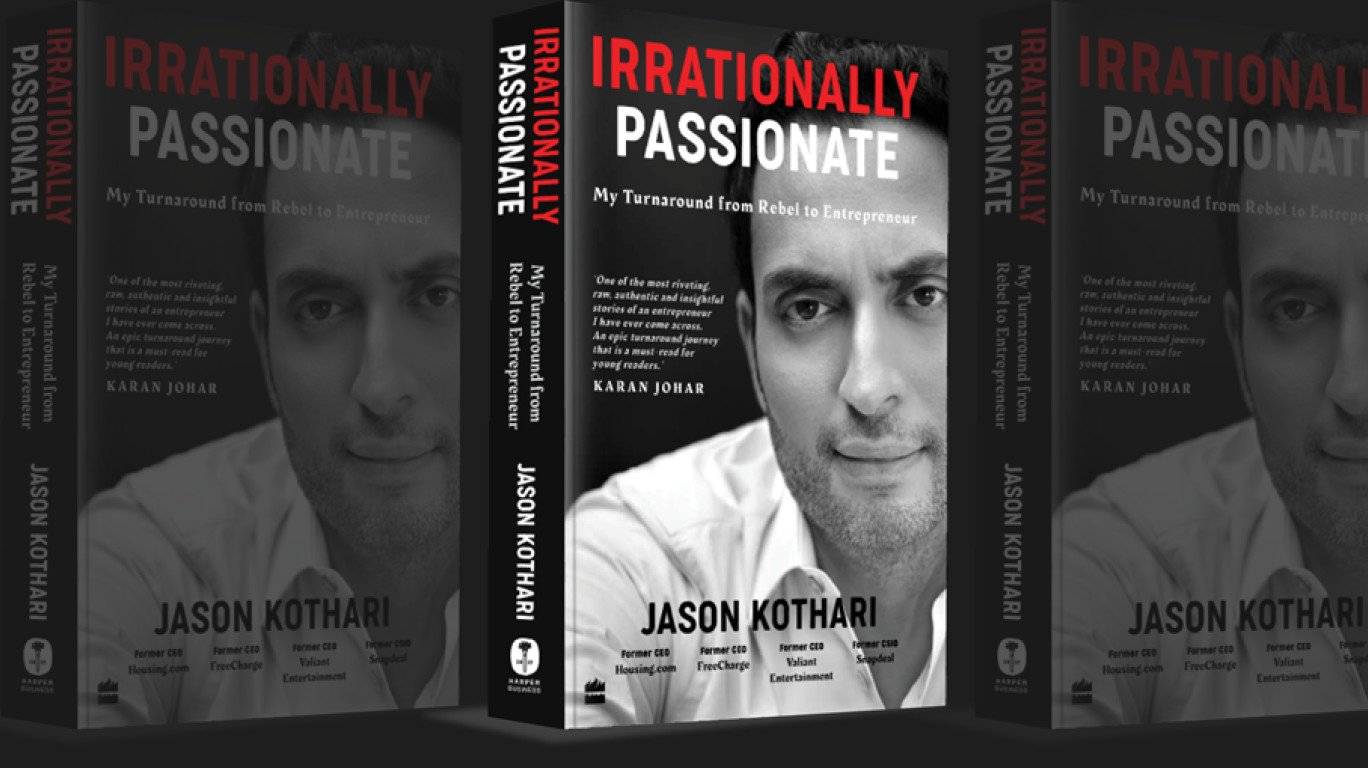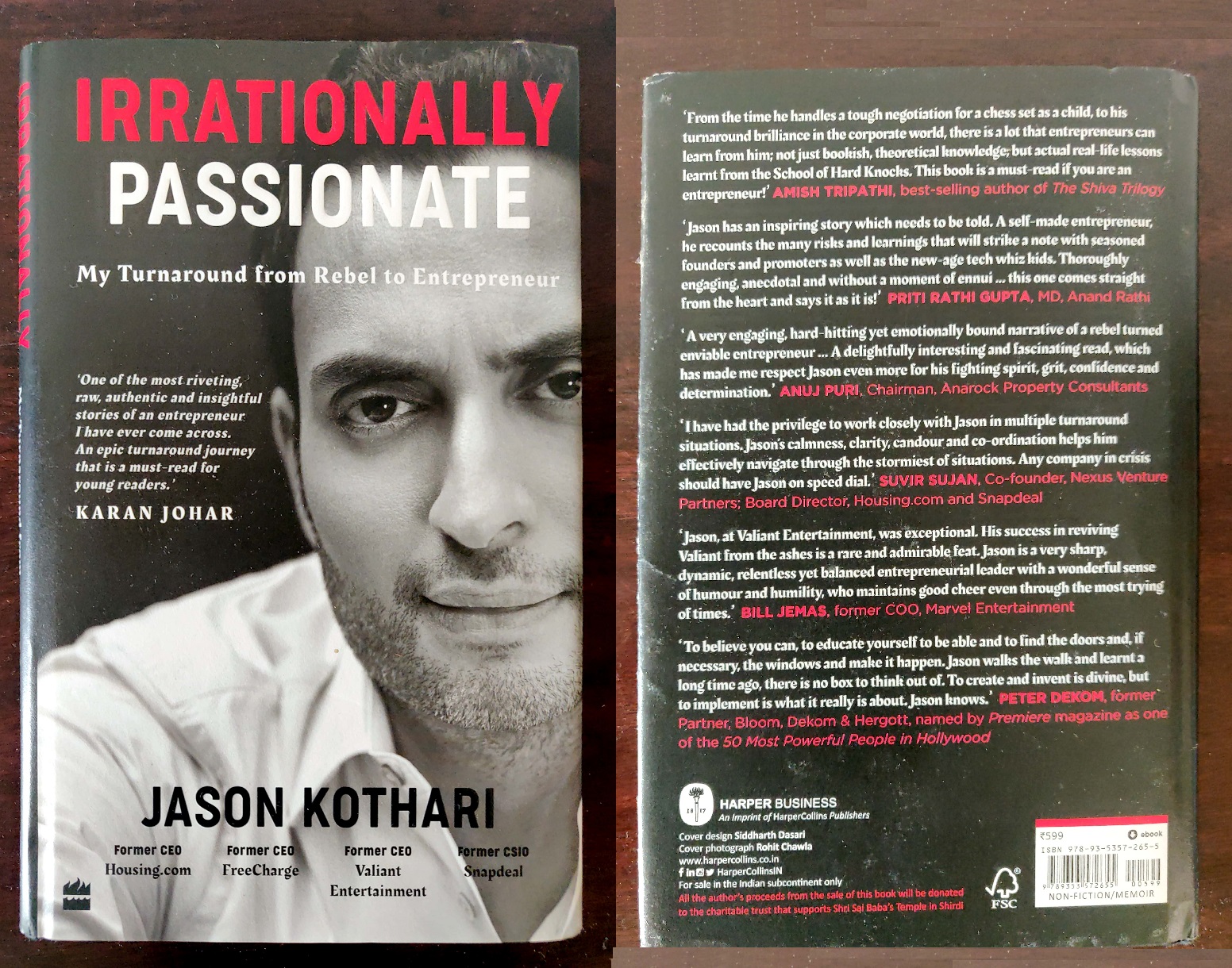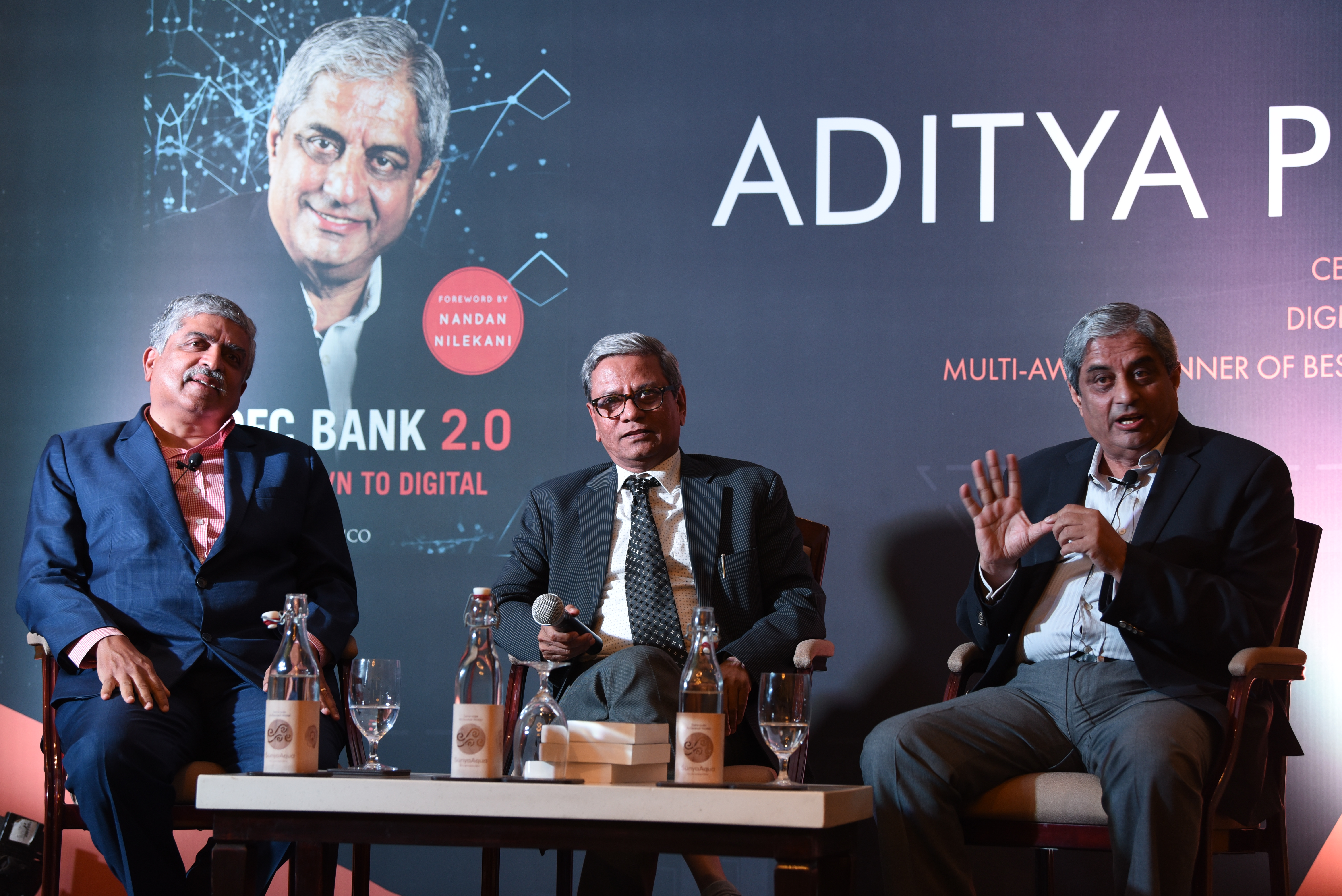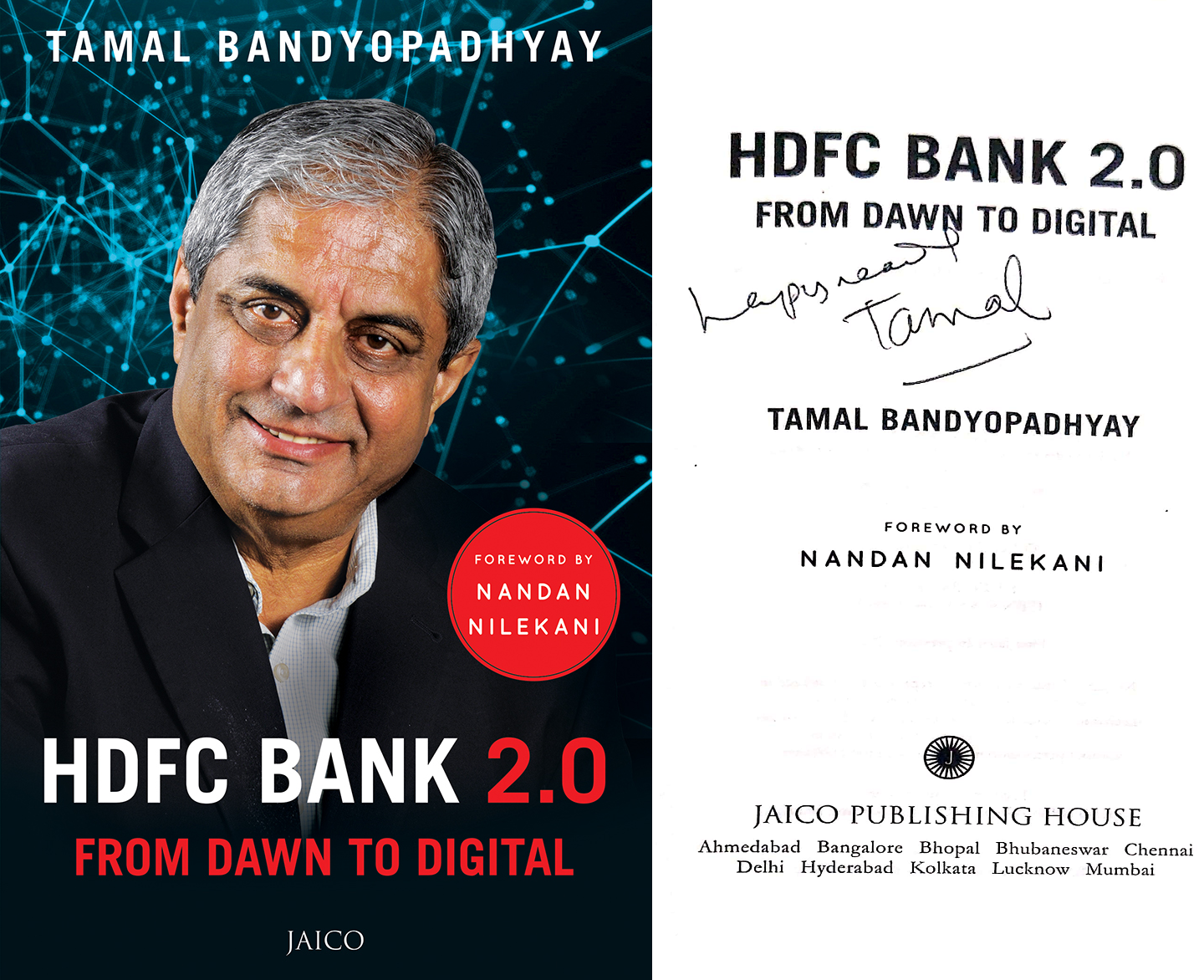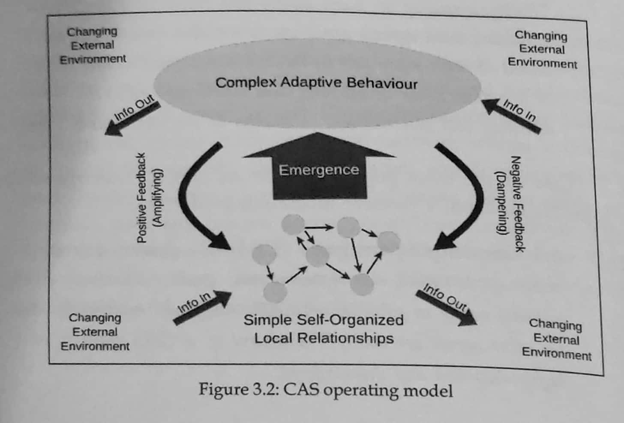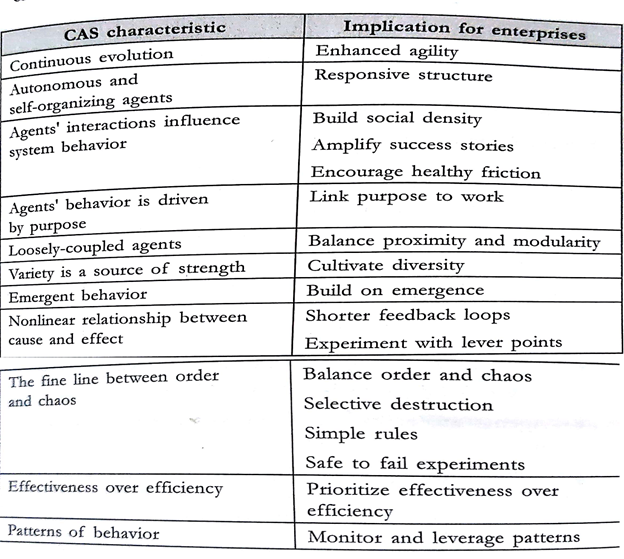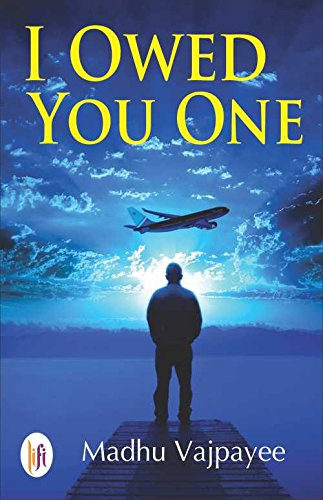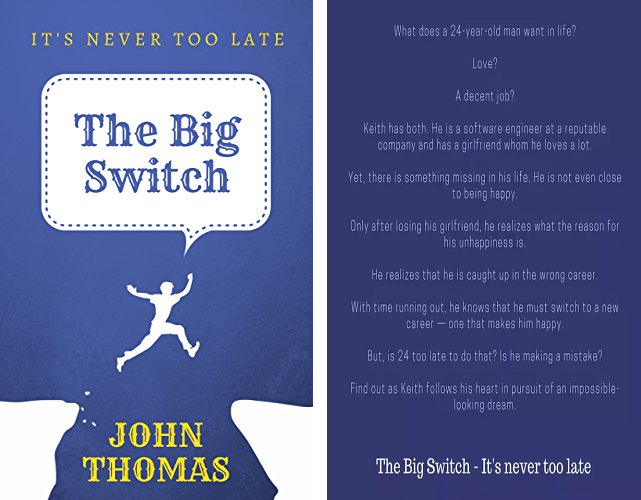Technology is changing at a super-fast pace, it goes on to prove that the only thing that is constant in life is change. I still recollect my early days in a technology services company where we used mainframes, COBOL, and other such technologies that now seem alien to many of us 🙂 Cloud technology, Machine Learning, Artificial Intelligence (AI), and many such trending technologies did not even exist back then. Yes, I am referring to the year 2002-2003. Hop on to my LinkedIn to get a glimpse of how things on the technological front have changed, for good 🙂
Fast-forward now, the burgeoning product industry has completely taken over yesteryears growing IT services industry. As per reports, the global AI market, which was valued at around $93.5 billion in 2021, is expected to grow at a CAGR (Compound Annual Growth Rate) of 38.1 percent from 2022 to 2030. The fast-changing technology trends are a signal to enterprises, entrepreneurs, as well as job seekers that you either evolve with time or perish!
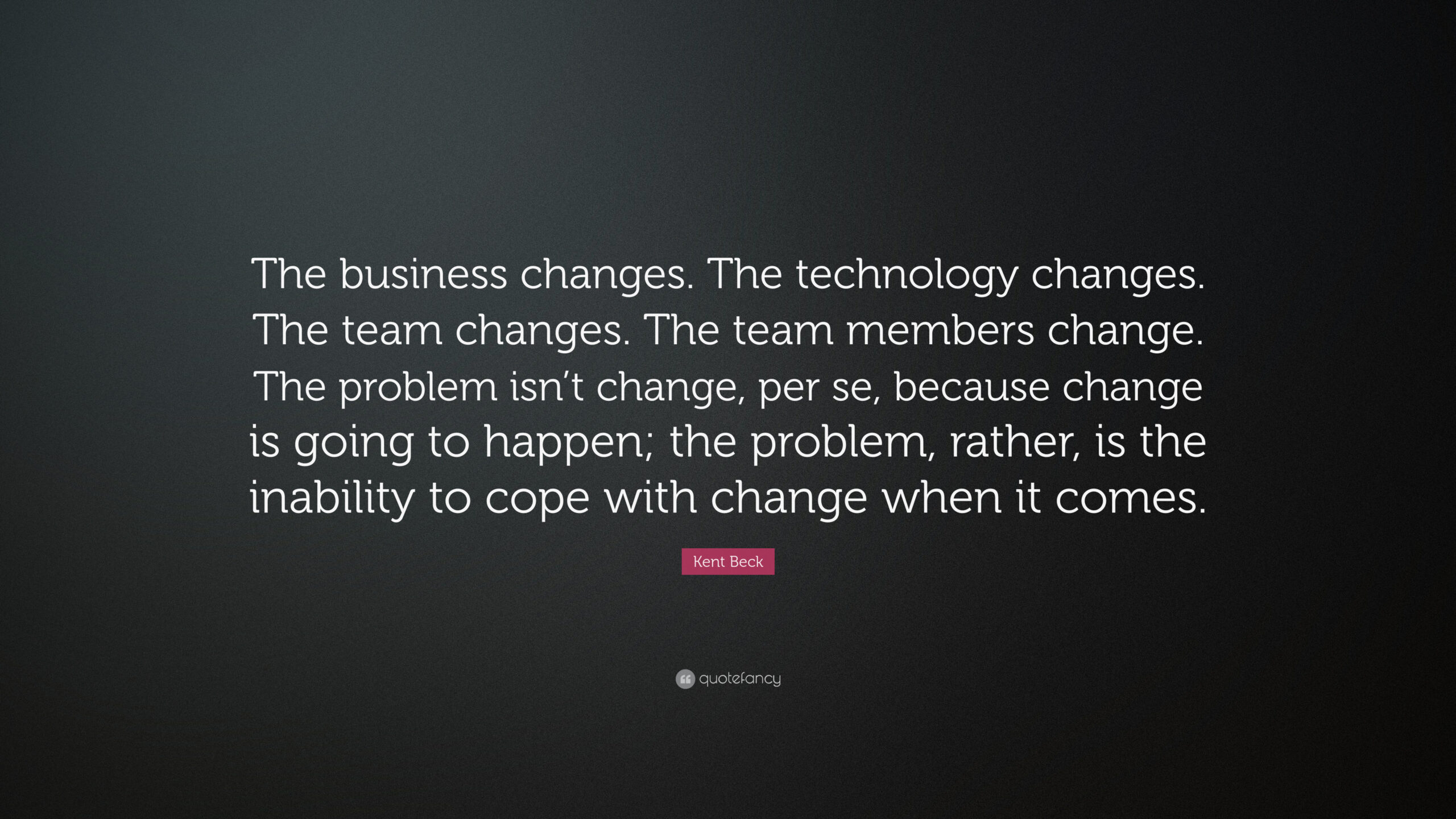
This is the basic premise on which Techproof Me: The Art of Mastering Ever-changing Technology by A. Siddharth Pai is built. The emergence of no-code [or low-code] has lowered the barrier to entry into technology. Non-technical founders can also make a mark in the technology industry; all they need is someone who can shape their idea into a viable product. Leading investors also resonate with the same thoughts, which is why it is imperative for organizations and individuals to keep up with the changing technological trends.
About A. Siddarth Pai
A. Siddarth Pai is the co-founder of Siana Capital and VC fund manager for deep-science and deep-technology startups that have social impact. He has close to three decades of experience working in US and Europe. He moved back to India in 2002. He has led some of the most innovative technology-sourcing transactions and advised & completed over $20 billion in transaction value. You can find out more about A. Siddarth Pai from his LinkedIn profile.
Detailed Review
It is a known fact that you need not learn to code in order to make it big in the technology industry. There are a number of successful examples that prove the earlier point. With the lowered barrier to entry, it becomes important for businesses and individuals to unlearn, learn, and re-learn things that matter in the field of technology. Remember, no one talks about COBOL, mainframes, and other such ailing technologies anymore 🙁
It is all about the Cloud, DevOps, AI, ML, Metaverse, and other such areas that are shaping the future of technology. Digital technologies have become an indispensable part of every business, irrespective of whether you own a Mom & Pop store or you own a large technology-led business. The disruption that has been caused by the growing spread of digital technologies has forced a lot of businesses to undergo positive changes 🙂 Siddarth Pai has witnessed these changes, and this book narrates every bit of it; from his own lens!
The book is divided into three distinct sections that are further divided into chapters. Each section has 5 chapters. The best part about every chapter is that Siddarth delves into the technology and business processes in a manner that can be well-understood even by the non-technical audience. Every chapter comprises of hacks that can be applied in your business in order to become technologically resilient. Since I also come with close to 18 years of experience, I could co-relate with the thoughts that are narrated by the author.
As per the author, individuals in the technology business must play either of the roles listed in SOLE [Soldier, Founder, Leader, and Empath]. Of all the chapters, my personal favorite is Chapter 7: How A Business Process Based On Old Thought Made Its Way Into The Tech Revolution. This is where the author talks a lot about the gig economy and how it has opened up opportunities for individuals from different walks of life. I thoroughly enjoyed reading this particular chapter since I am also a product of the growing gig economy 🙂 The author has cited super-meaningful examples of Uber, Lyft, Dunzo, Swiggy, and more in this particular chapter. Believe it or not, each one of us is a part of the gig economy; either as a user/consumer or a contributor.
The author has also deep-dived into the changing landscape of new-age marketplaces, AI, GPT-3 [Generative Pre-trained Transformer 3], deep learning, Blockchain, etc.
Closing Thoughts
The learnings from every chapter can be used to further tech-proof your business. In case you are a working professional, the learnings from the book will help you in navigating the ever-changing tides in the world of technology. Believe me, I have personally experienced the changes!
All in all, I liked the content and could resonate with every word written in it. It is a must-read for anyone that wants to stay super-relevant in this fast-changing and the rapidly-evolving world of technology…



